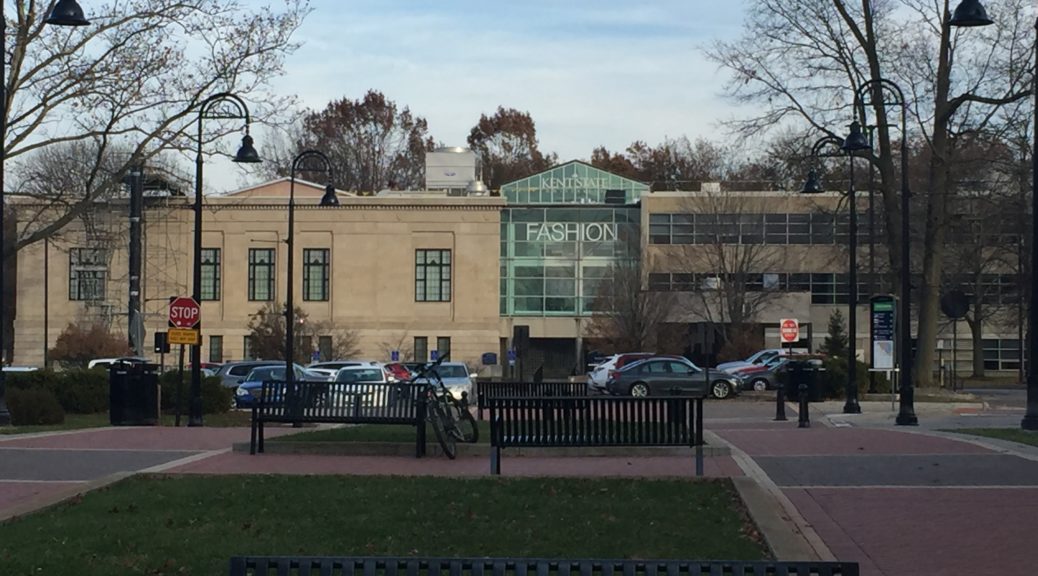
The Waste Problem in the Fashion Industry: A Three-part Series
LANDFILLS ARE FILLING UP AS FAST FASHION CONTINUES TO GROW CAUSING MORE TEXTILES TO GO TO WASTE.
OUR SHAQUIENA DAVIS HAS THE STORY.
SHAQUIENA?
When you hear about a waste problem, what’s usually the first thing that crosses your mind? If you guessed trash…that’s not quite correct. If you guessed something that comes out of your body, then that’s not quite correct either. In this context, the type of waste being addressed is that of clothing; textiles.
The fashion industry is proven to be the second most polluting industry in the world, and all of its waste is entering the landfills.
“It is a national, international, global industry. It’s a huge problem, and we have to do something to make it better.”
Noel Palomo-Lovinski, Associate Professor in Fashion and Merchandising
Fashion designers are looking at different developments to help make the material they use biodegradable, or just trying to take fabrics and recycle them.
WHAT CLOTHING ARE YOU WILLING TO RECYCLE TO HELP SAVE THE ENVIRONMENT? SEE HOW LOCAL RETAILERS ARE MAKING AN IMPACT.
OUR SHAQUIENA DAVIS HAS THE STORY.
SHAQUIENA?
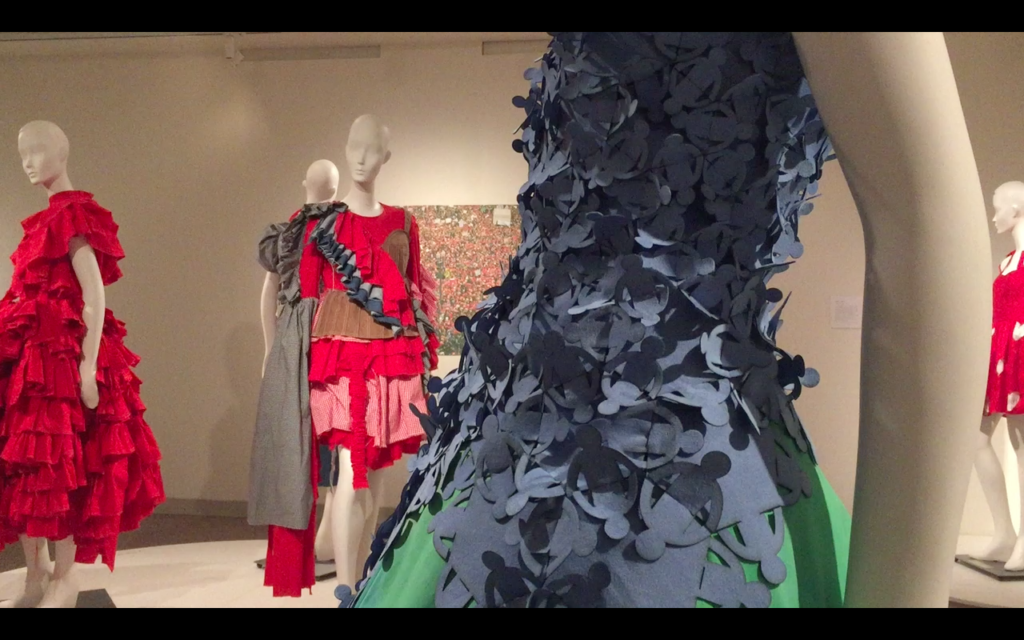
Retailers like Kent fabrics are taking advantage of this by using plastic bottles to create durable fabrics.
“So that fabric that we have that’s made from plastic bottles, the reason why it makes it so important is that they actually use the plastic bottles and they’ll break them down into little filaments, and they’ll use those to create fibers and they’ll mix those fibers with other fibers to create fabrics.”
Symone Baskerville, Owner of Kent Fabrics
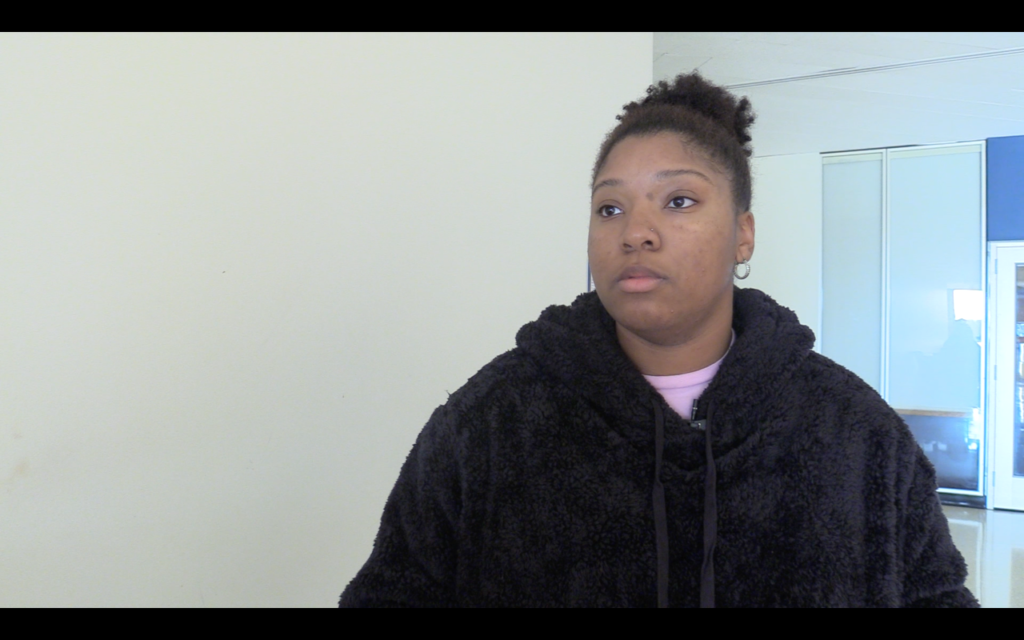
Symone also mentions that the most harmful fabrics are ones that aren’t biodegradable, which means they don’t have natural fibers such as cotton. Although fast fashion is affordable, it has sparked questions within sustainability and the fashion industry.
“Fast fashion has created a quicker turnaround that somebody may buy something and a year later they’re donating them because the quality isn’t as great as it was when they bought it.”
Janet Morrison, Goodwill’s Vice President of Operations and Logistsics
Since the fabrics are made cheaply, it causes the product to be less durable, so when it loses its durability, you end up throwing it in the trash and it ends up in the landfills. This is what Palomo-Lovinski calls a monstrous hybrid.
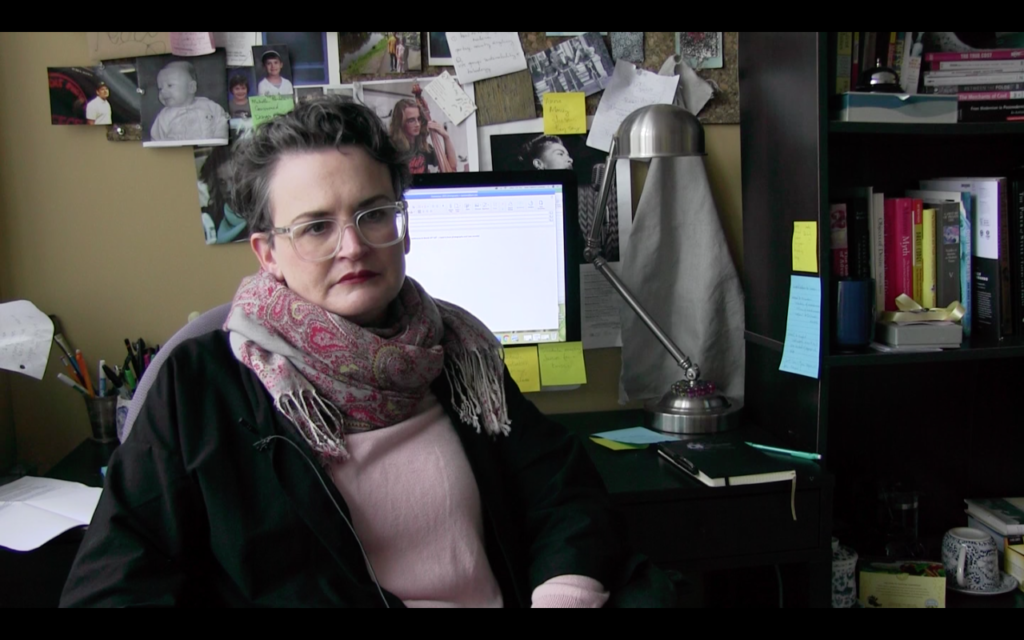
“If you mix synthetic fiber with natural fiber, you have now made it so that you can’t recycle it,” says Palomo-Lovinski.
The fashion industry is trying to discover different ways to help solve this problem, including knowing how to use scraps of fabric. The Goodwill plays a vital role in this equation when taking different textiles into consideration.
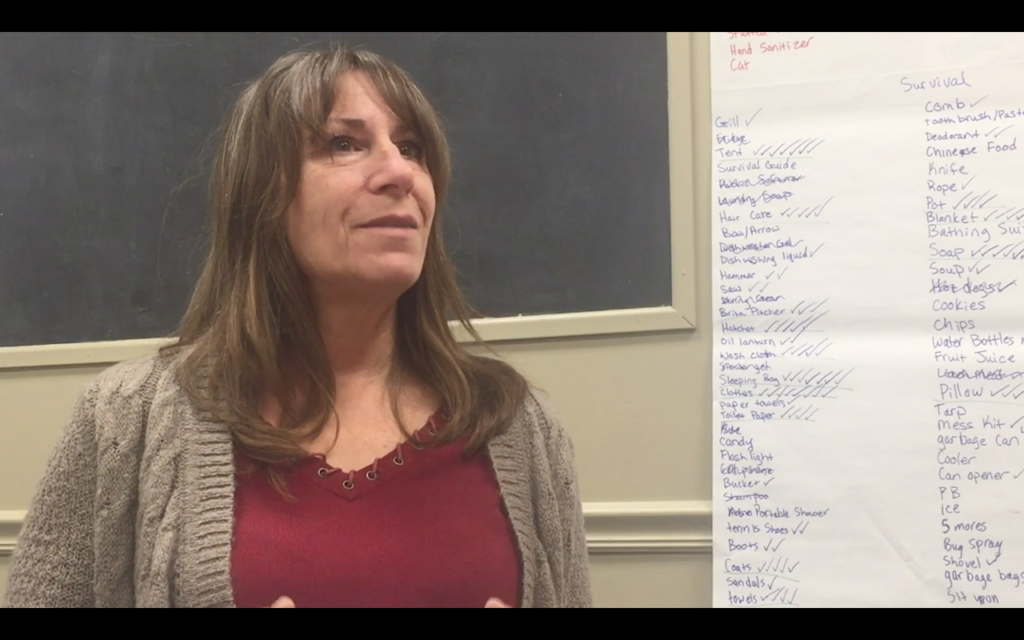
“We obviously take donations. We take material items from the communities that we operate in,” says Morrison.
Goodwill takes in a huge volume of items from these different donations, some of which meet their standards, and others that don’t. Those that don’t meet the quality standard of being decently acceptable are then taken to be recycled.
“The last three years, about 16 percent by weight has ended up in the trash, but we’ve been able to divert more than that into the salvage market.”
Janet Morrison, Goodwill’s Vice President of Operaation and Logistics
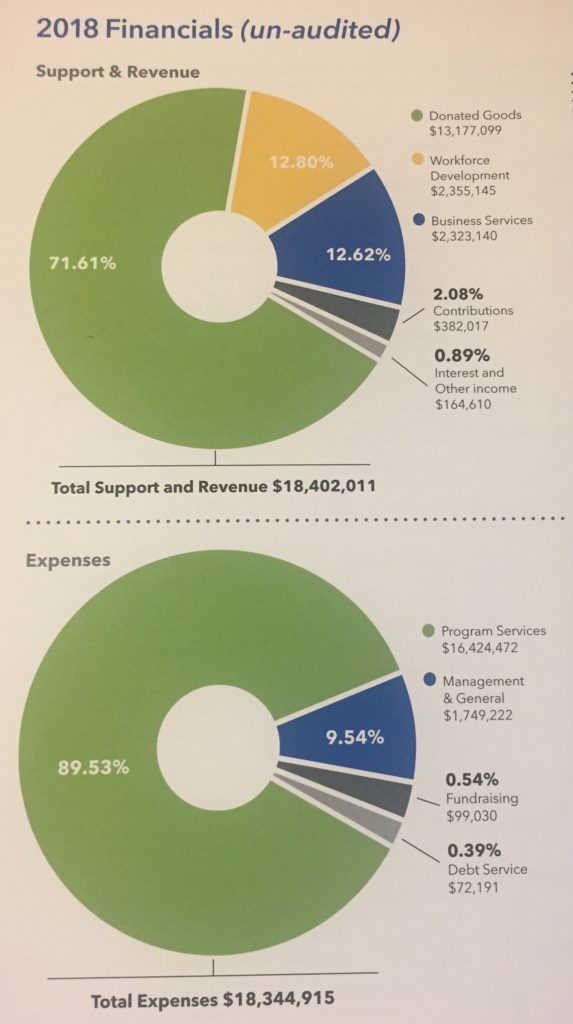
WHAT’S A SUSTAINABLE FUTURE WITHOUT A LITTLE INNOVATION. TAKE A LOOK AT WHAT STEPS THE FASHION STUDENTS ARE TAKING IN THIS APPROACH.
OUR SHAQUIENA DAVIS HAS THE STORY.
SHAQUIENA?
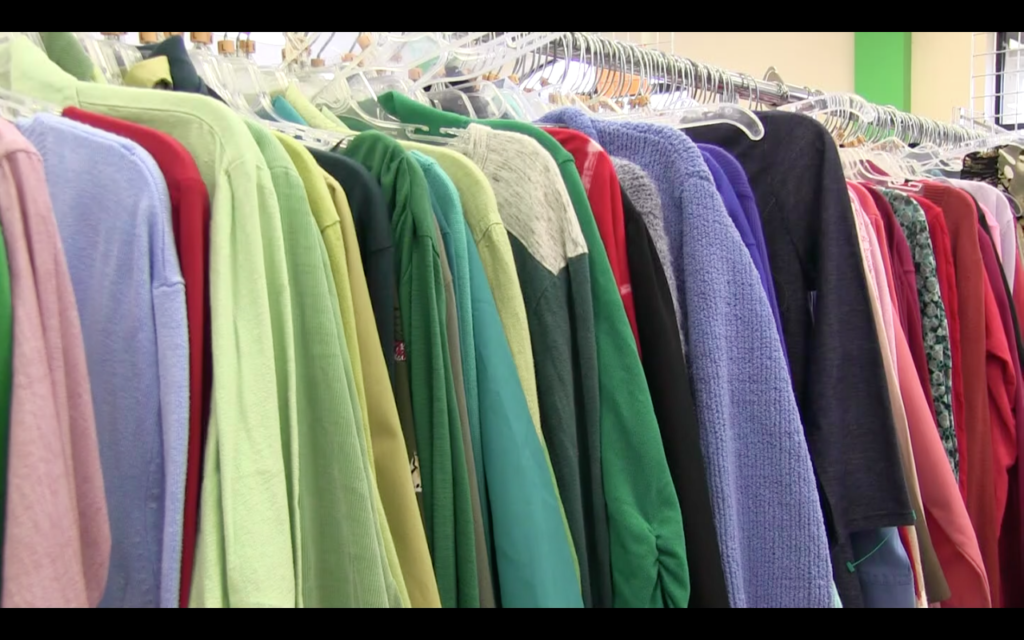
With fashion designers taking sustainability into consideration, more fabrics are given a chance to make an impact. As the fashion industry moves faster, designers find it important to make clothing that’ll create change and innovation.
“Now it’s really important to be aware of what fabric maybe you can get from a thrift store, or that you can reuse from something you already have just to help with sustainability.”
Autumn Barney, Senior Fashion Design
“There’s no way that any student can ignore sustainable needs. That’s going to be the single greatest sort of job market, is how to be sustainable,” says Palomo-Lovinski.
For more information, you can contact Shaquiena Davis at sdavi144@kent.edu.